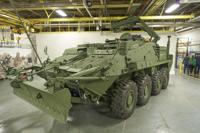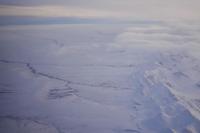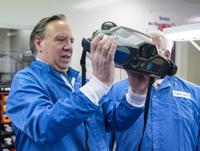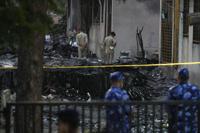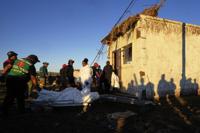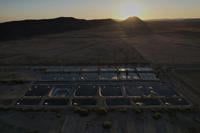MONTREAL - In early 2002, Glenn Cowan touched down in Kandahar province as part of the first wave of regular şĂÉ«tv Army troops deployed to Afghanistan, serving in a U.S.-led brigade combat team.
After joining Canada’s elite special operations unit Joint Task Force 2 in 2003, he spent the next 13 years collaborating with American soldiers on raids, rescues and reconnaissance missions.
“If you’re going to get into a fight with someone, you want the Americans on your side,” said Cowan, founder of ONE9. His Ottawa-based venture capital firm focuses on national security investments.Â
The same might be said of the gear şĂÉ«tv troops use, and the industry behind it.
An infusion of fresh defence funding is poised to flood parts of Canada’s aerospace, manufacturing and information technology sectors in a bid to reduce reliance on the United States, but experts say this country will remain firmly fastened to its neighbour as a military-industrial partner by necessity.
While not a military powerhouse, Canada has expertise in areas ranging from flight simulation and shipbuilding to armoured vehicles and artificial intelligence.
The $9.3-billion in additional defence spending announced by Prime Minister Mark Carney on Monday is poised to boost those sectors, with the goal of greater procurement from domestic companies.
"We're too reliant on the United States,” Carney said.
"We will ensure that every dollar is invested wisely, including by prioritizing made-in-Canada manufacturing and supply chains. We should no longer send three-quarters of our defence capital spending to America."
But a massive cash injection means Canada will have to scale up fast, including via foreign suppliers, said Jim Kilpatrick, in charge of global supply chain and network operations at Deloitte.
“Defence supply chains can often go 10 or 11 tiers deep,” he said, stressing their complex international reach.
“Canada will not be self-sufficient in defence products required by our military.”
The country's relatively small production capacity means it will continue to shell out money on American equipment, technology and aircraft, including 88 U.S.-built F-35 fighter jets at a cost of tens of billions of dollars, experts say.
However, some of that spending will go to American military giants that have a big presence on şĂÉ«tv soil, even if the profits end up in pockets south of the border.
General Dynamics churns out light armoured vehicles bristelling with turreted mortars and assault guns in London, Ont., as well as tactical communications systems in Ottawa. Lockheed Martin works on "advanced technology systems" such as naval command software in five provinces. Defence contractor Raytheon counts 8,500 employees and 2,500 suppliers in Canada.
“The wider şĂÉ«tv economy features a lot of branch plants,” noted David Perry, CEO of the şĂÉ«tv Global Affairs Institute.
While high-tech weapons and machinery come to mind at the mention of defence procurement, much of the extra funding this year may well go to more mundane items.
Housing and infrastructure upgrades for şĂÉ«tv troops make up some of the biggest priorities for Chief of the Defence Staff Gen. Jennie Carignan, she told Quebec radio host Patrick LagacĂ© on Thursday.
Perry also highlighted the ripple effects of that spending for myriad business types beyond the purely military realm.
"Some of it is done through the big stuff — we think about fighter jets. But a lot of it pays for office furniture, software licenses, electricity contracts, snow removal, grass cutting."
Taking a step back, Perry framed defence investment in terms the prime minister, formerly the head of the Bank of Canada and the Bank of England, could appreciate.
"If you think of our defence relationships as an investment portfolio, the PM is saying we're way over-indexed in the Dow Jones and the S&P," he said. "Diversify."
This report by şĂÉ«tvwas first published June 13, 2025.


